Search results for 'de la'
-
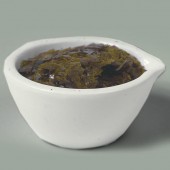
Clear Dewaxed Shellac
Starting at: £9.20
-

German Gold Powder 1 gram
Starting at: £47.00
-
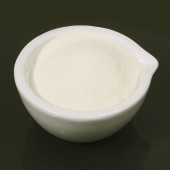
Casein Lactic
Starting at: £15.95
-
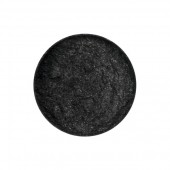
Graphite Powder (Sri Lanka)
Starting at: £5.50
-
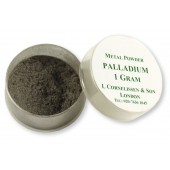
Cornelissen Gold Powder 1 g Palladium
£115.00
-
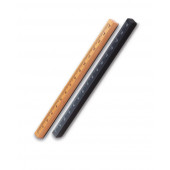
Alder Ruler
Starting at: £5.30
-
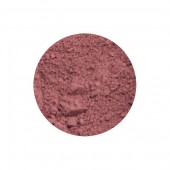
Madder Lake Genuine Pigment
Starting at: £10.20
-

Hand Lay Figure
Starting at: £31.35
-
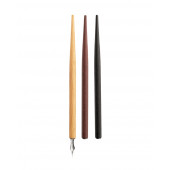
Classic Nib Holder Sagittarius
Starting at: £2.90
-
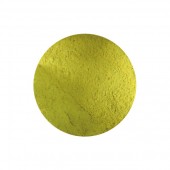
Lead Tin Yellow Light Pigment
Starting at: £4.80
Call to Order
-
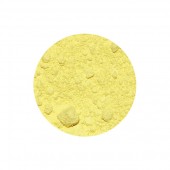
Lemon Yellow Pigment
Starting at: £7.00
Call to Order
-
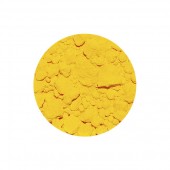
Chrome Yellow Middle Pigment
Starting at: £10.00
Call to Order
-
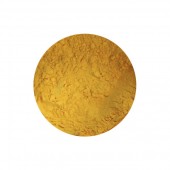
Lead Tin Yellow Dark Pigment
Starting at: £4.80
Call to Order
-
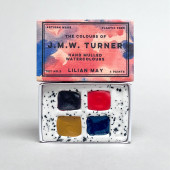
Lilian May, J.M.W. Turner Watercolours, Matchbox Set, 4 Wells
£20.00Call to Order
-
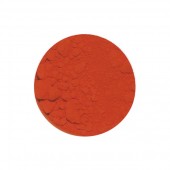
Chrome Yellow Orange Pigment
Starting at: £14.00
Call to Order
-
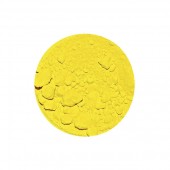
Chrome Yellow Light Pigment
Starting at: £10.00
Call to Order
-
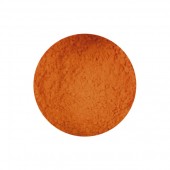
Lead Red Pigment (Minium)
Starting at: £7.30
Call to Order
-

Realgar Pigment
Starting at: £12.75
Call to Order
-
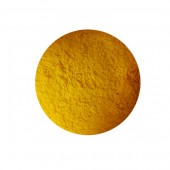
Orpiment Pigment
Starting at: £12.75
Call to Order
-
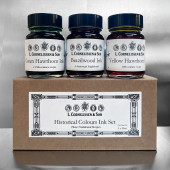
Cornelissen Historical Colours Ink Set
£18.50Call to Order
-
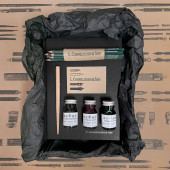
Cornelissen Gift Set, Ink
£50.00Call to Order
-
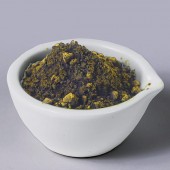
Ferric Chloride
Starting at: £15.00
Call to Order
-
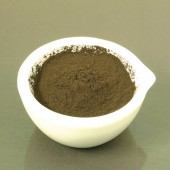
Asphaltum Powder
Starting at: £14.30
Call to Order
-

Flake White Pigment
Starting at: £18.75
Call to Order
-
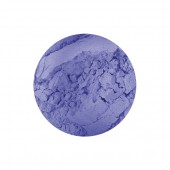
Lapis Lazuli Pigment
Call to Order




